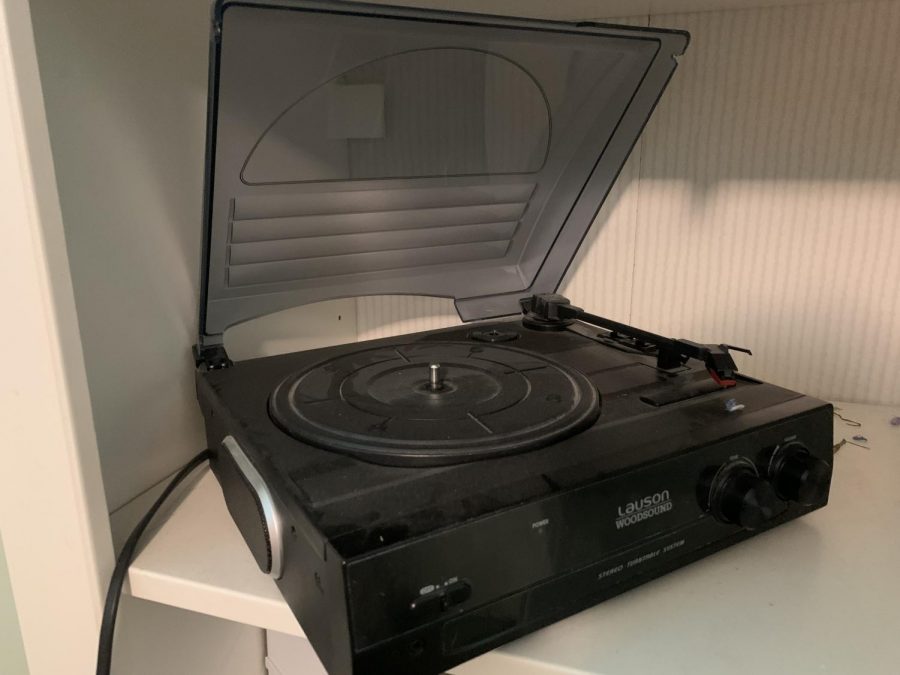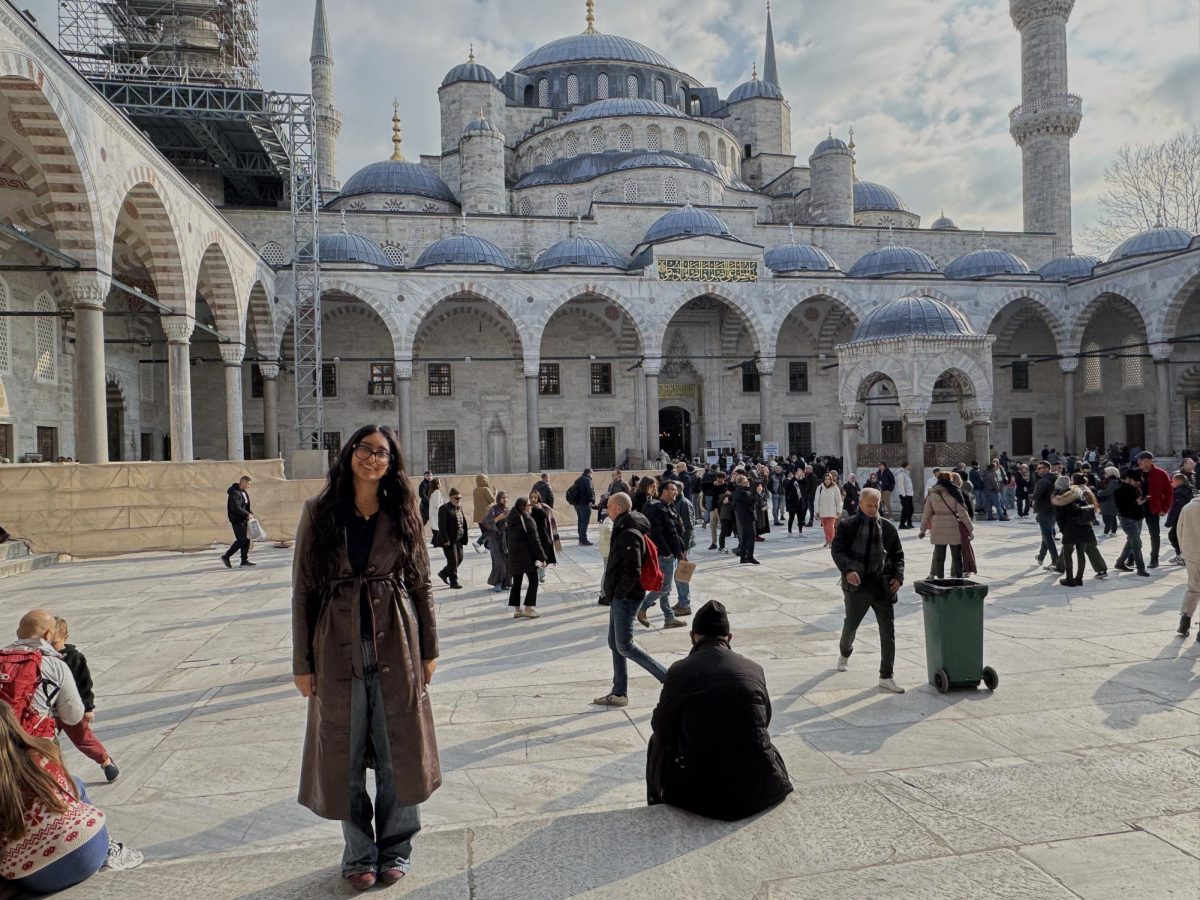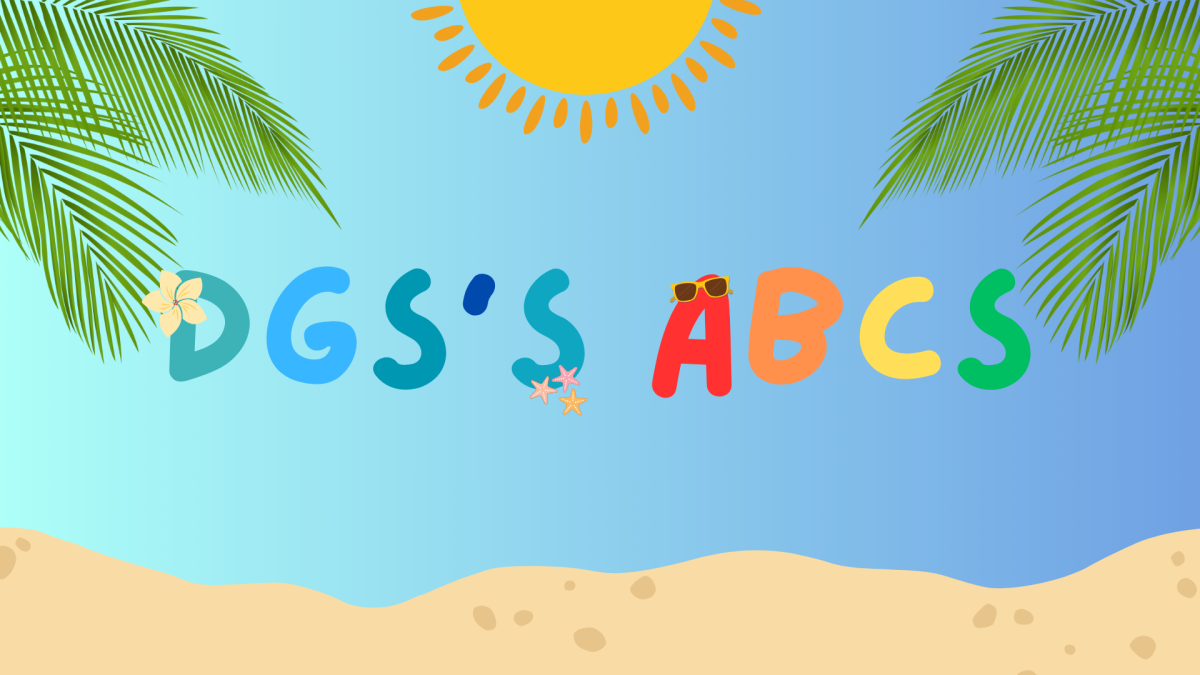The phenomena of sad-girl music
November 16, 2021
From the likes of Billie Eilish to Fiona Apple, countless female artists from across the years have been dubbed as “sad girl” musicians.
The term sad girl first gained notoriety in the mid-2010s when sad-girl icons such as Halsey and Lana Del Rey began growing in popularity. The phrase refers to almost any female artist whose music doesn’t fit the rudimentary definition of pop, take the aforementioned Lana Del Rey for example. Del Rey’s music is technically defined as pop however since it does not follow the typical conventions of pop music, for example, upbeat lyrics and a catchy melody it deems itself as “sad-girl” due to its emotional messaging and depressing nature.
2021 has sprouted a new surge of sad-girl artists, most likely due to the social media app, TikTok promoting sounds or snippets of songs from sad-girl musicians. Artists like Mistki, Lucy Dacus and Phoebe Bridgers have grown tremendously over the past few months due to TikTok and it shows no real signs of fading away.
As of January 2021, Spotify has seen a 33% increase of playlists made containing the words “sad-girl” in the title and artists like Phoebe Bridgers and Lana Del Rey have reported growth in hours spent listening to their music.
The evolution of Sad-girl can also be thanked to previously underground musicians becoming more mainstream. A prime example of this is Billie Eilish, after her success, many other notable artists started producing genre-bending music in order to appeal to the sad-girl audience.
This created a whole new bracket of sad-girl musicians. Tate McRae and Gracie Abram rose to fame during this time period and several other sad musicians are getting their shot in the limelight due to this phenomenon.
The genre shows no apparent signs of slowing done, as more and more artists begin to experiment in the sad-girl genre.




